BMW launching iX5 Hydrogen pilot fleet
Green Car Congress
FEBRUARY 28, 2023
After all, it is one of the most efficient ways of storing and transporting renewable energies. The BMW Group sources the individual fuel cells from the Toyota Motor Corporation. In coasting overrun and braking phases, the motor also serves as a generator, feeding energy back into a power battery.

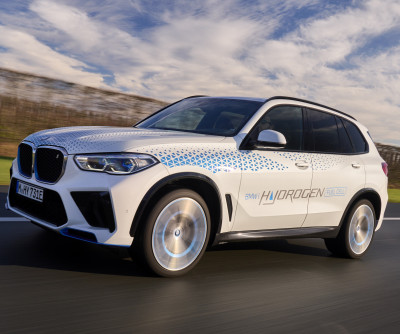


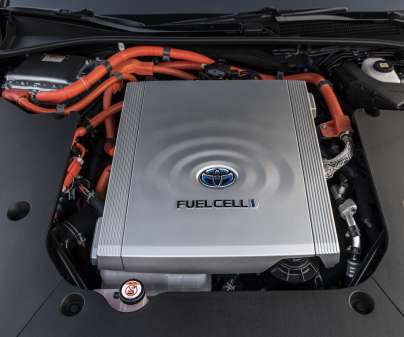

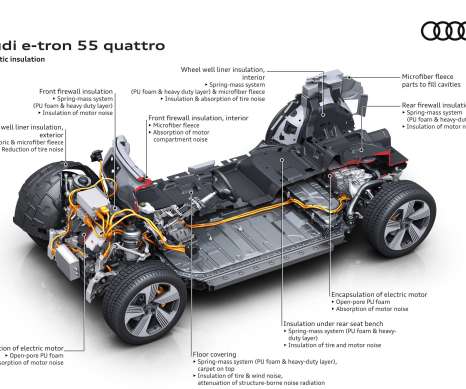

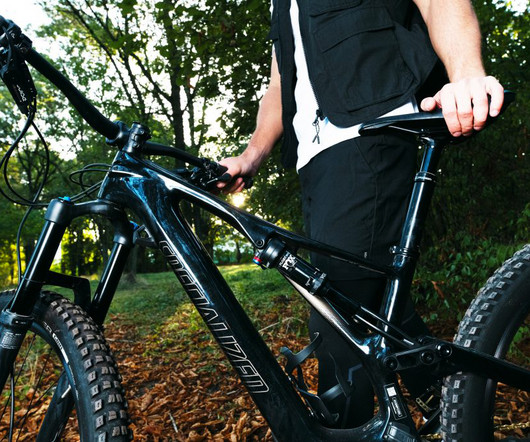



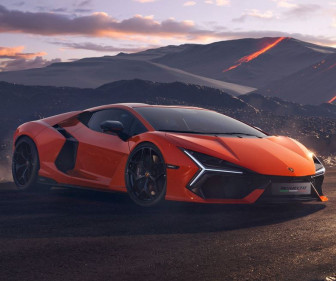



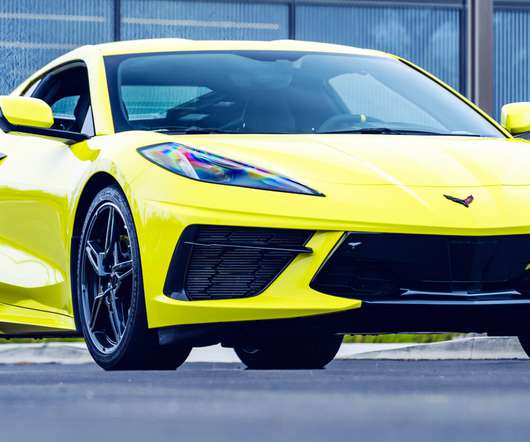







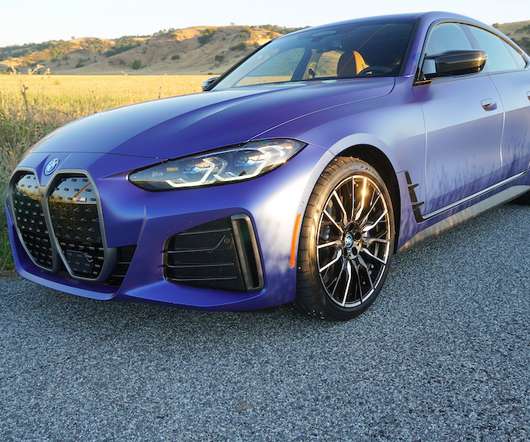

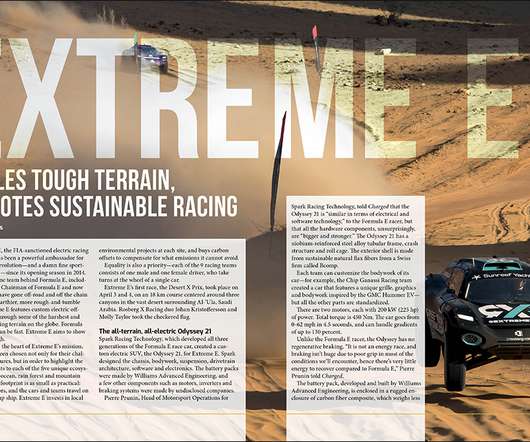







Let's personalize your content